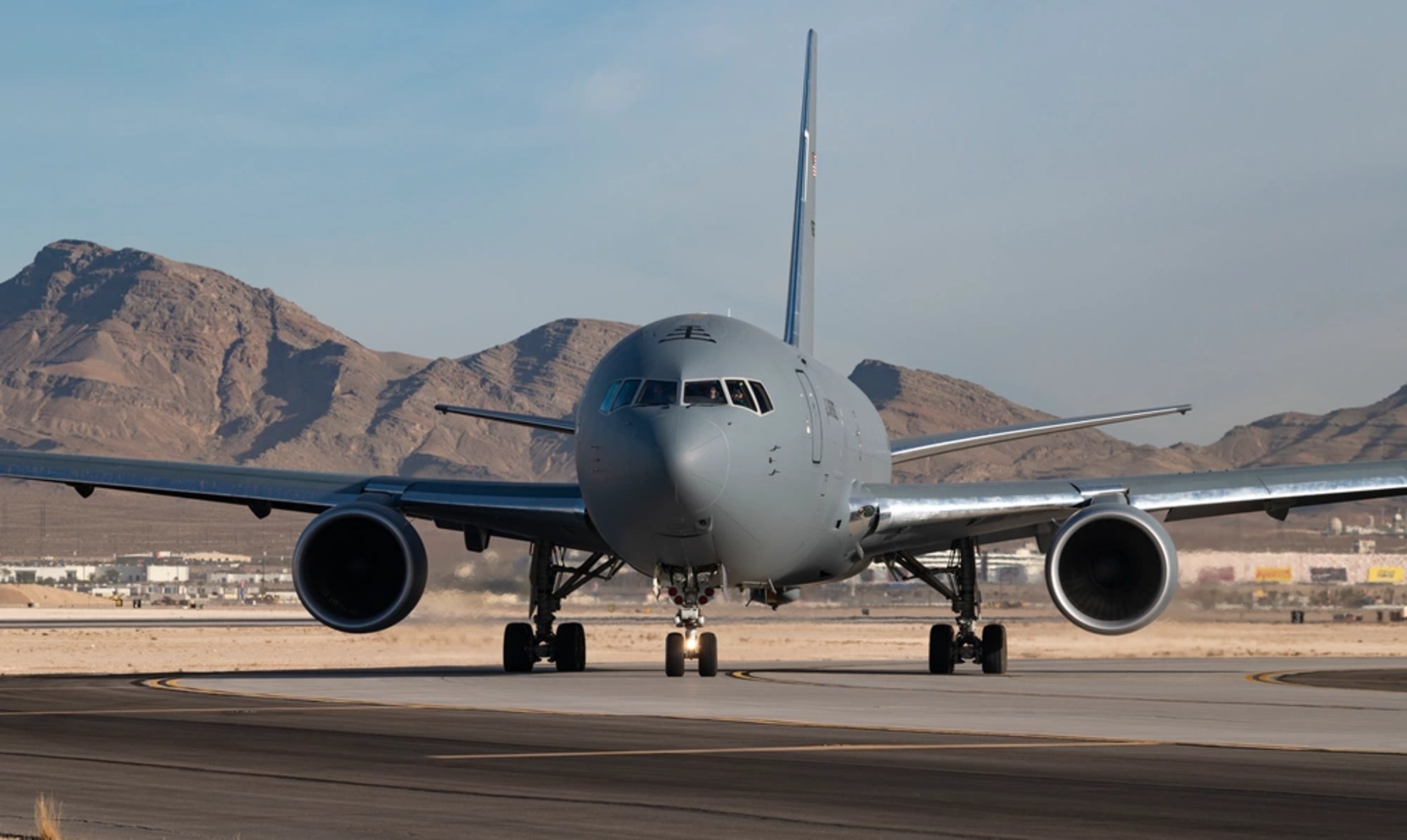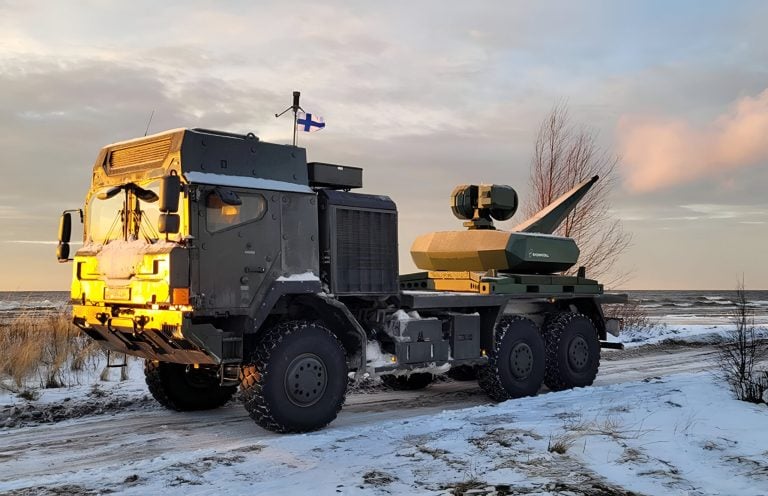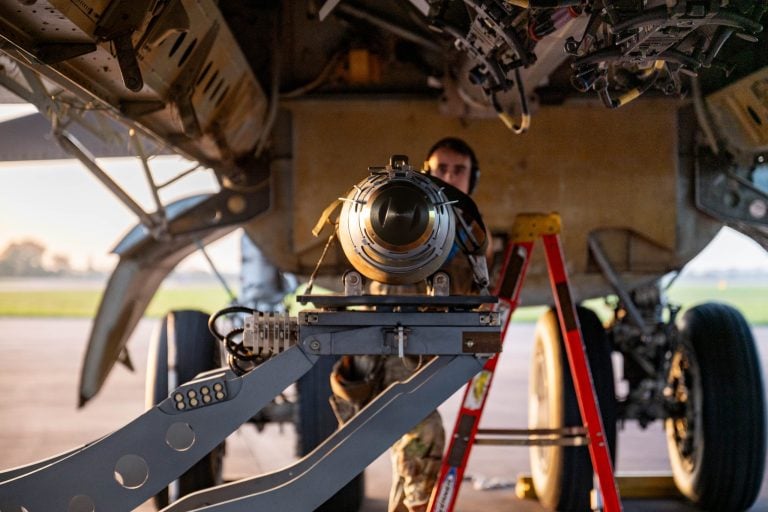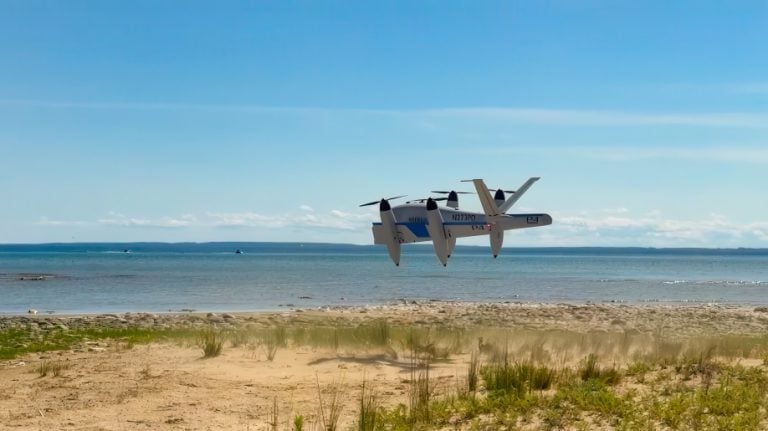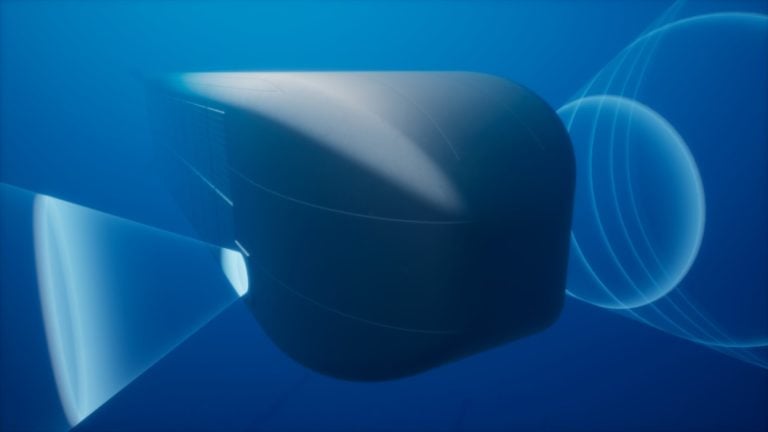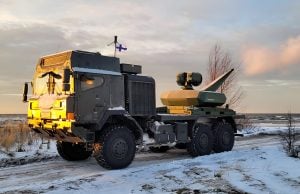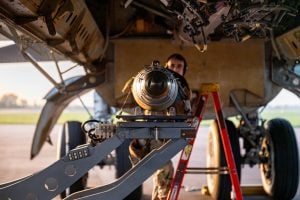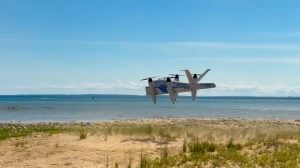Turkey is in the process of selecting a new aerial refueling platform, focusing on two prominent contenders: Boeing’s KC-46A Pegasus and Airbus’ A330 Multi-Role Tanker Transport (MRTT). The Turkish Air Force aims to modernize its tanker fleet, which currently consists of seven aging KC-135R Stratotankers acquired in the mid-1990s.
Discussions with both manufacturers are ongoing, as Turkish officials evaluate which aircraft will best meet the nation’s strategic defense needs to replace its KC-135 fleet. A Turkish defense expert, Barin Kayaoglu, emphasized the geopolitical implications of the selection between the two aircraft, noting that choosing the American KC-46 could strengthen ties with Washington, particularly under the leadership of President Erdoğan and former President Trump. Conversely, opting for the European Airbus MRTT would help maintain Turkey’s standing within Europe.
While details regarding the quantity of aircraft to be acquired and the timeline for delivery remain undisclosed, the capabilities of each platform highlight their unique advantages. The KC-46A Pegasus, based on the Boeing 767 airliner, boasts advanced refueling capabilities and is compatible with a range of modern fighter jets, including the F-15, F-16, and F-35. It can offload approximately 212,000 pounds of fuel and accommodates up to 65 military personnel.
On the other hand, the Airbus A330 MRTT, derived from the civilian A330 design, offers a greater fuel capacity of 245,000 pounds and the capability to transport up to 300 passengers. It features twin engines that enhance its operational range and fuel efficiency, making it a formidable contender for Turkey’s needs.
Both aircraft are designed for multi-mission roles that combine aerial refueling with the ability to transport cargo and troops, thereby providing the Turkish military with significant versatility in operations. As Turkey navigates this decision, the implications of the choice will resonate beyond military logistics, influencing diplomatic relations in the broader geopolitical landscape.
